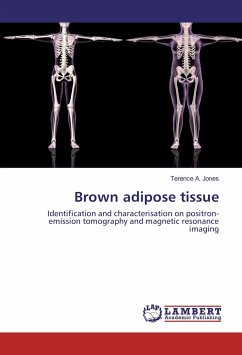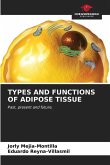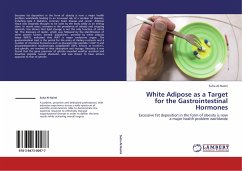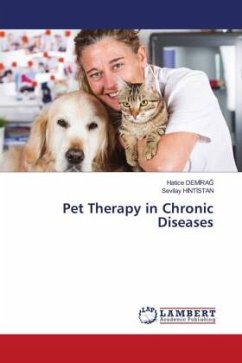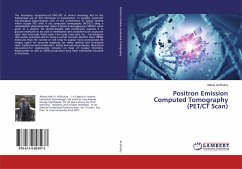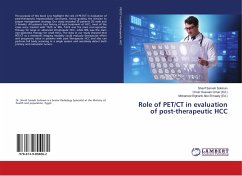Since the first description of brown adipose tissue (BAT) in 1551 its reputation has changed from that of a mere curiosity of little physiological significance in adult humans, to meriting reclassification as a metabolic organ in its own right. Obesity is a major global public health problem. Modulation of non-shivering thermogenesis through BAT manipulation offers an attractive therapeutic target for inducing weight loss. Testing the efficacy of such pharmacological agents requires a reliable imaging biomarker to quantify BAT. In this book we evaluate the effectiveness of positron-emission tomography (PET) and magnetic resonance imaging (MRI) in quantifying BAT. We perform a retrospective analysis of 3,295 PET/CT scans to identify determinants of BAT prevalence and volume. We also assess patterns of BAT occurrence to assess the reliability of PET/CT as a reference standard. Concerns over the radiation dose of PET/CT scans has stimulated research into MRI as an alternative means of detecting BAT, with the potential to identify BAT irrespective of its activation state. We explore methods of BAT identification using fat quantification in rats post mortem and adult humans in vivo.
